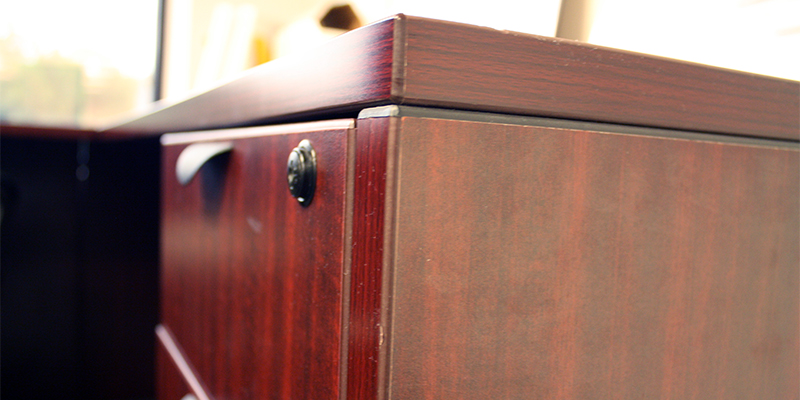How unsightly would it be if the edges of your kitchen cabinets and countertops were left raw and unfinished? Fortunately, we don’t have to spend much time thinking about this since there’s a process called edge banding to thank for those smooth, finished edges.
What Is Edge Banding?
Edge banding refers to both the process and the strip of material used for creating aesthetically pleasing trim around unfinished edges of plywood, particle board or MDF. It’s easy to spot edge banding all around you, from the desks and tables at your work to the cabinetry and countertops in your kitchen. Edge banding increases durability of these constructions, giving them a high-end, quality appearance.
Edge banding is made from various types of materials, including:
• PVC
• ABS
• Acrylic
• Wood
• Wood veneer
How Is Edge Banding Applied?
High-volume, industrial manufacturers apply edge banding to the substrate with an automated process that uses a hot melt adhesive. Two types of machines are typically seen; machines equipped with roller applicators and those that come with spray nozzle applicators. The process involves bonding the edge banding to the substrate, trimming all overlapping edges so that they are flush to the substrate, scrapping excess material, and buffing the finished edge.
Edge banding requires versatility in terms of adhesive application. The temperature of the room as well as the substrate affects adhesion. For this reason, we recommend that substrates and surrounding areas be 64°F or higher during application. Since edge banding is made from many different materials, it is important to select a hot melt that offers the versatility and capability of being able to bond a variety of substrates.
RS Industrial provides hot melts specifically designed for edge banding. Our technical adhesive experts are available 24/7 to discuss your woodworking application and select an adhesive that is best-suited for your specific application. Get in touch with us at 1-800-844-1740 or info@rsindustrial.com. We’ll work with you to ensure your edge banding process is optimal.

